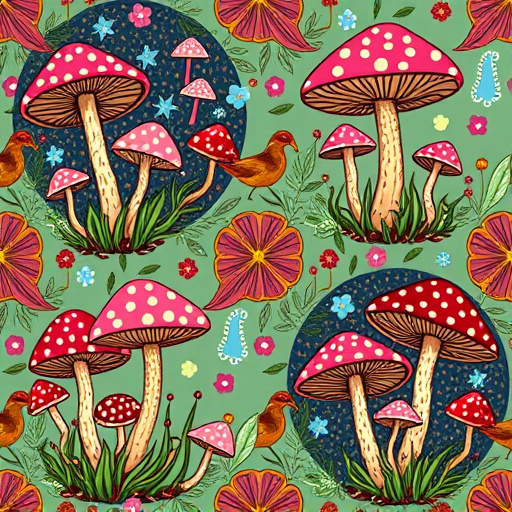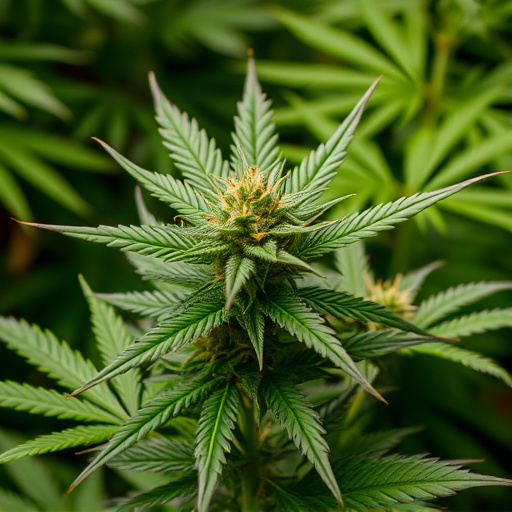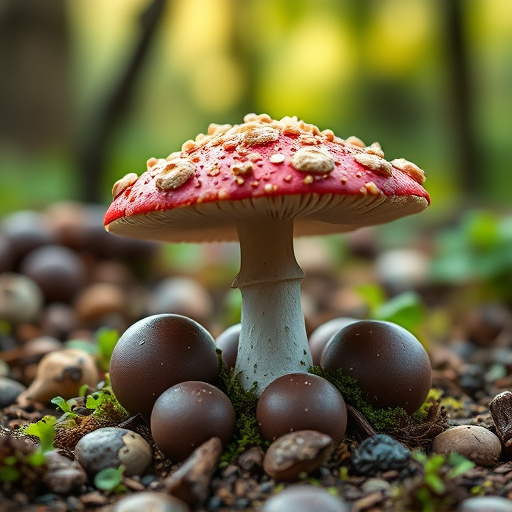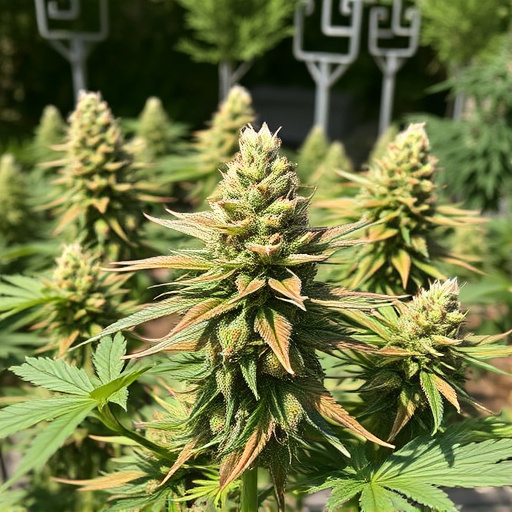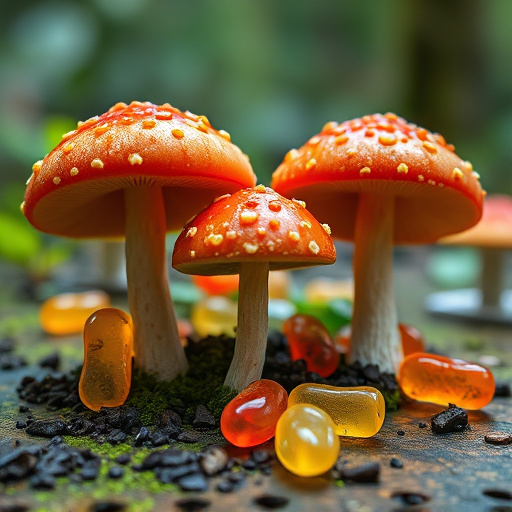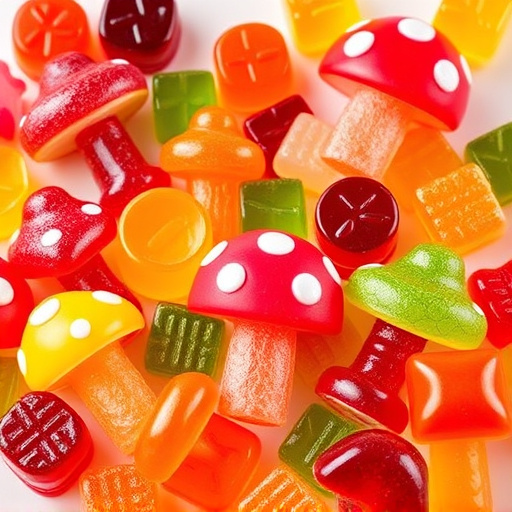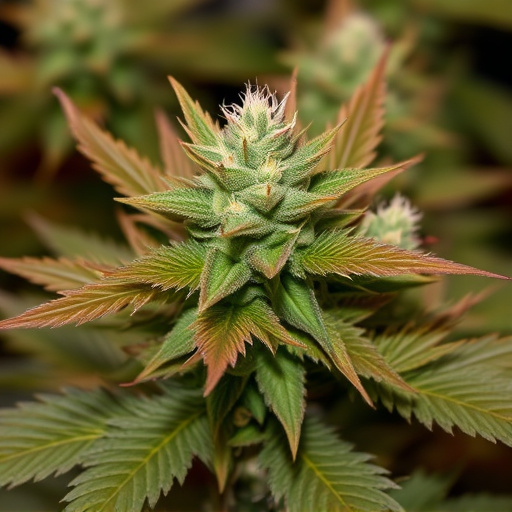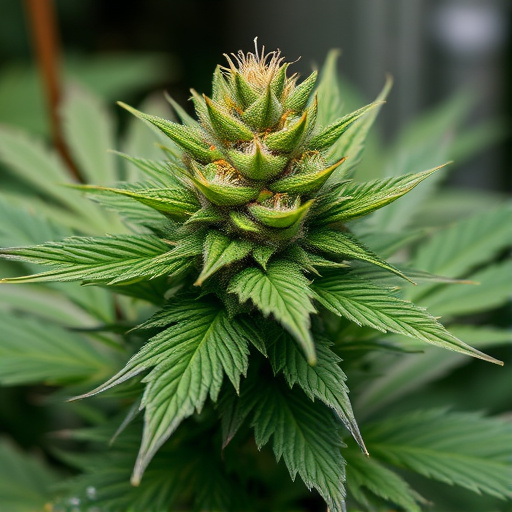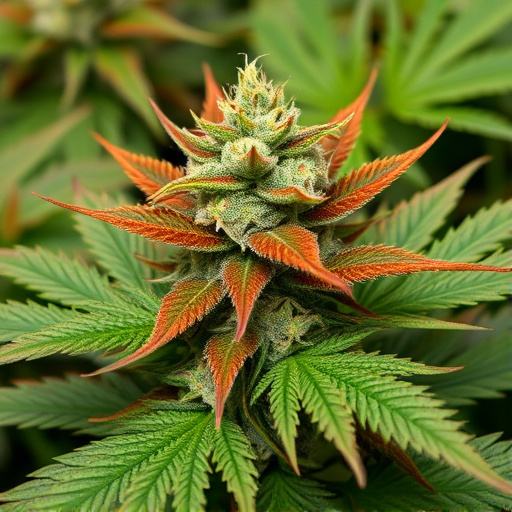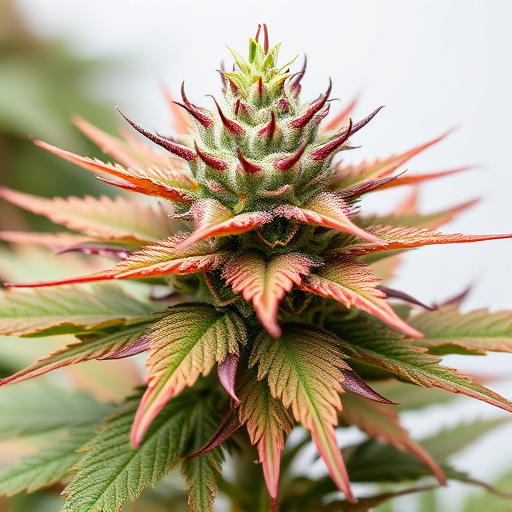Visually evaluating cannabis reveals key quality indicators like color, texture, aroma, and resin coating. These cues, especially vibrant hues, unique colors, sticky buds, and distinct aromas, signal terpene profiles, cannabinoid content, and therapeutic potential. Rare cannabis strains offer unique benefits but require research due to variability in effects and quality. Reputable growers ensure consistent high-quality products through strict farming practices, while bad weed results from subpar cultivation techniques. When seeking rare strains, verify cultivator reputation and strain specifics to invest in superior product.
Recognizing the difference between good weed and bad weed is essential for an optimal cannabis experience. This guide breaks down the art of discernment, focusing on visual cues like color, texture, and aroma. We explore the contrasting effects of mental and physical sensations, highlighting how they shape your experience. Furthermore, we delve into the importance of research and strain-specific details, considering cultivation practices that impact quality. Uncover the secrets to selecting rare cannabis strains known for their superior qualities.
- Visual Cues: Color, Texture, and Aroma
- Effect and Experience: Mental vs. Physical
- Research and Reputation: Strain Specifics and Cultivation Practices
Visual Cues: Color, Texture, and Aroma
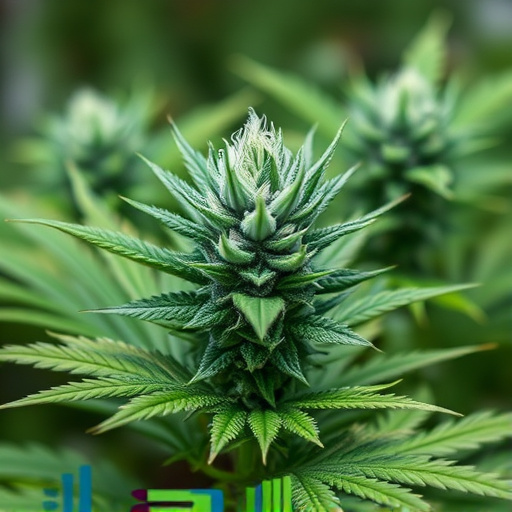
When evaluating weed, visual cues offer a wealth of information about its quality and potency. One of the most noticeable aspects is color—a vibrant, rich hue can indicate robust terpene profiles and healthy growth. Rare cannabis strains often stand out for their unique colors, ranging from deep purples to intense greens. Beyond color, texture plays a significant role. Buds that are sticky, dense, and have a heavy resin coating suggest higher levels of cannabinoids like THC. This sticky residue is a sign of potent strains and can also indicate the plant’s overall health.
Aroma is another powerful indicator. Skilled growers know that specific terpenes contribute to distinct aromas, from citrusy and fruity to earthy and woody. A complex, robust scent can hint at rare cannabis strains with high terpene content, enhancing both flavor and potential therapeutic effects. Moreover, a pleasant, fresh aroma often correlates with higher quality, while a musty or off-putting smell could signal issues in cultivation or storage.
Effect and Experience: Mental vs. Physical
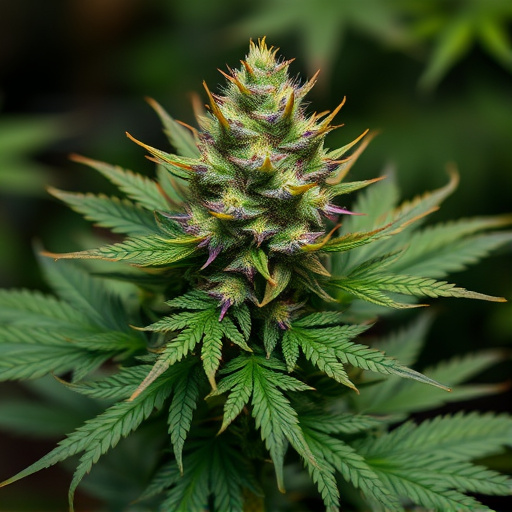
The effects of cannabis on the mind and body can vary greatly depending on the strain, with rare cannabis strains often leading to unique experiences. Mentally, good weed enhances creativity, stimulates appetite, and promotes a sense of relaxation or euphoria. It may also provide medicinal benefits for stress relief, anxiety management, and even pain mitigation. On the other hand, bad weed can induce paranoia, anxious thoughts, or an overwhelming sense of lethargy, negating any potential therapeutic effects.
Physically, quality cannabis offers a pleasant high without causing significant side effects. This includes clear cognitive function, enhanced sensory perception, and a relaxed yet alert state. Rare strains often have higher levels of THC but balanced with CBD, resulting in a more controlled and enjoyable physical experience. Conversely, low-quality or bad weed may contain harmful contaminants, leading to negative physical reactions like dizziness, nausea, or respiratory issues.
Research and Reputation: Strain Specifics and Cultivation Practices
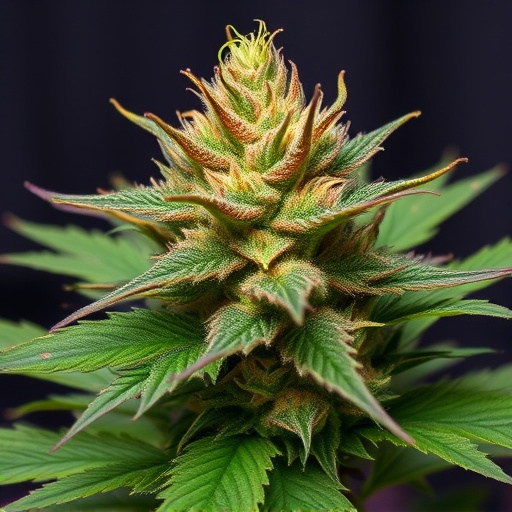
Researching and understanding the reputation of a cannabis strain is vital before considering its acquisition, especially when exploring rare cannabis strains. The cultivation practices employed significantly impact the final product’s quality and characteristics. Reputable growers prioritize consistent, high-quality yields by adhering to strict farming guidelines. This includes controlled environments, meticulous monitoring of nutrient levels, and precise lighting and temperature regulation.
By contrast, bad weed often stems from subpar cultivation methods, such as overcrowded plants, inadequate nutrition, or inconsistent environmental conditions. These factors contribute to lower THC levels, increased pest and mold susceptibility, and a less desirable final product. When seeking rare cannabis strains, it’s crucial to verify the cultivator’s reputation and strain-specific details to ensure you’re investing in superior quality.
When discerning between good weed and bad weed, a comprehensive understanding of visual cues, desired effects, and reputable sources is key. By paying attention to color, texture, aroma, mental versus physical sensations, and strain-specific research, you can ensure a positive experience with rare cannabis strains. Remember, high-quality cannabis should offer both delightful sensory experiences and consistent, desired effects, all achieved through responsible cultivation practices.
